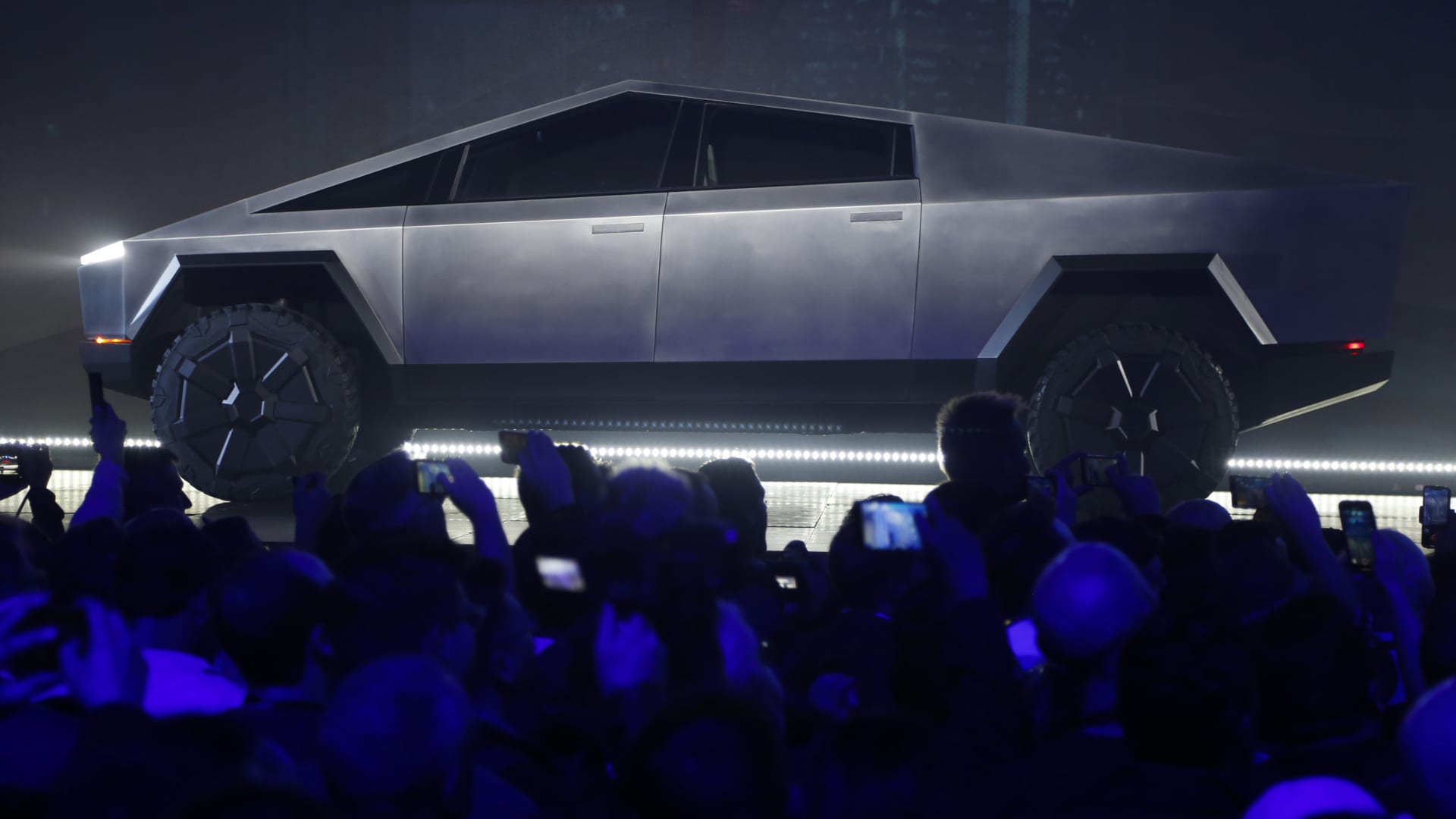
When Tesla unveiled its vision for an electric truck in November 2019, it shocked the world. The Cybertruck, featuring an unconventional design and clad in a custom stainless steel alloy, was equally captivating and divisive. Originally slated for a 2021 release, the company has struggled to get the truck to market, with Musk repeatedly emphasizing how difficult building it has been. Nearly four years later, it’s finally here, with the first deliveries taking place at the end of November.
Now Tesla must contend with scaling production, something that has historically proven difficult for the electric carmaker. And the Cybertruck’s unique design introduces a plethora of new challenges. Chief among them is its use of stainless steel.
“Stainless steel is tough to tool for. It’s tough to work with. And this is in some ways a really giant experiment” says John Voelcker, Contributing Editor for Car and Driver Magazine.
Tesla’s VP of Vehicle Engineering, Lars Moravy, revealed in an interview with Top Gear that Telsa had to invent a manufacturing process called “air bending” which shapes the steel with high air pressure without actually touching the surface. The thickness of the steel and the flat, angular design also contribute to the challenges, especially with regard to mass production.
“Stainless steel…when you cut it, all the mistakes basically show up, when you have a flat plane like that, it’s really hard to hide mistakes,” says Mike Ramsey, VP Team Manager for Automotive and Transportation at Gartner.
In late August, Elon Musk sent an email to Tesla employees stating, “due to the nature of Cybertruck, which is made of bright metal with mostly straight edges, any dimensional variation shows up like a sore thumb” and emphasized that all parts of for the vehicle “need to be designed and built to sub 10 micron accuracy.”
During the company’s third quarter earnings call, Musk tempered expectations for the new vehicle. “I do want to emphasize there will be enormous challenges in reaching volume with the Cybertruck,” and said it will take a year or longer before it is a “significant positive cash flow contributor.”
Watch the video to learn why the Cybertruck is so hard to manufacture and what Tesla is up against as it works to scale production.





